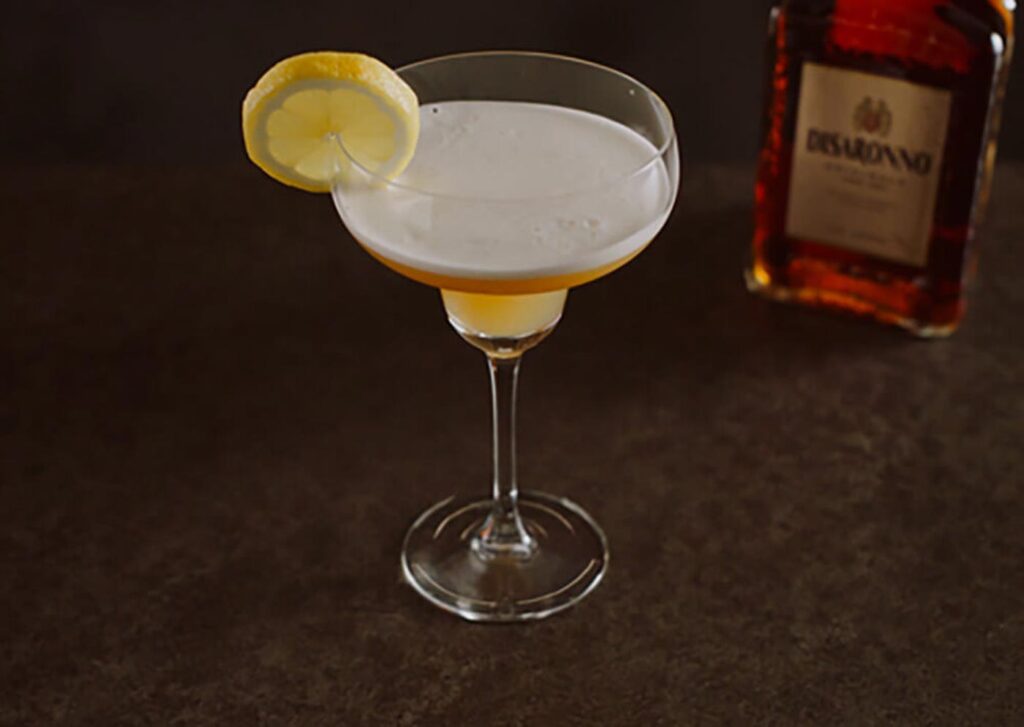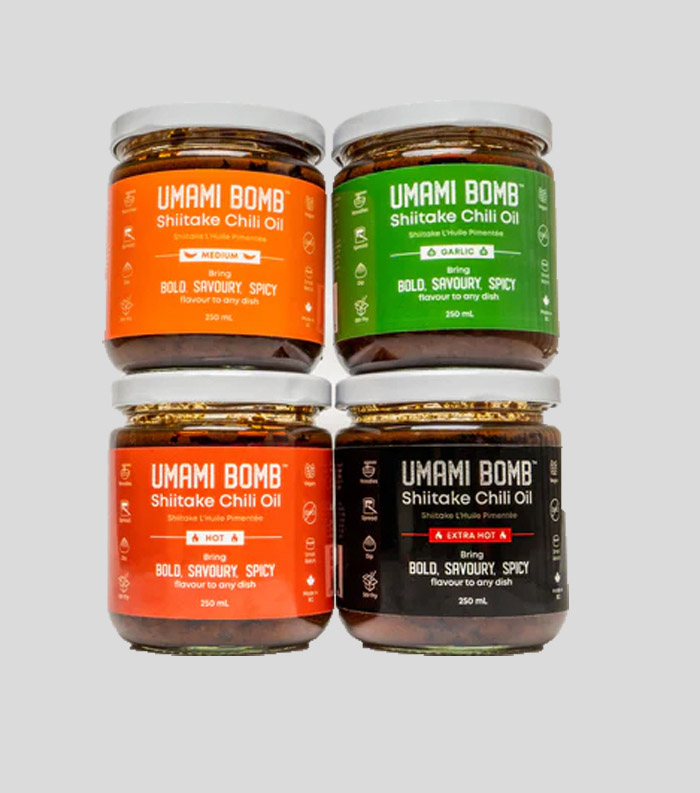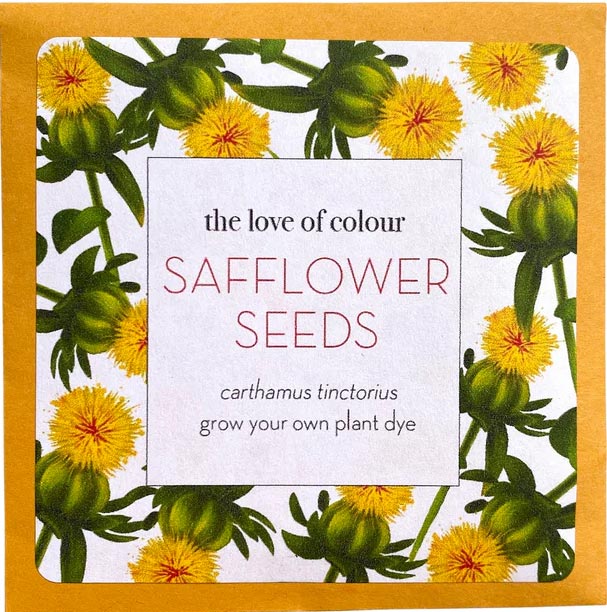
Visit any local liquor store and you’ll see entire aisles dedicated to cider. Long a favourite in the United Kingdom which has the largest per capita consumption in the world, this orchard derived alcoholic drink is making a comeback in Canada.
Across the country, cider sales have skyrocketed. Artisan makers are popping up from Ontario to British Columbia including County Cider Company & Estate Winery, Dukes Dry Cider and Thornbury Village Cidery.
“In Canada, cider is booming in popularity, with more and more styles of cider becoming available for Canadian drinkers,” says David Sipes, cider maker for Angry Orchard.
Cider is a fermented drink made from orchard apples, with 4- to 8-per-cent alcohol and is consistently described as “refreshing.” Ranging from dry to sweet, and with an appealing effervescence, cider is often served over ice. “In our experience, we’ve seen that cider appeals to both men and women in a far more balanced way than beer or wine,” says Sipes.
Not only are homespun Canadian made brands like Growers Cider seeing growth, but there is also a plethora of imported ciders coming from South Africa, the United Kingdom, Germany and Denmark. Perhaps the greatest indicator of cider’s burgeoning appeal is that large alcohol brands have introduced new products: Molson Canadian Cider, Labatt’s Alexander Keith’s Original Cider and Brick Brewing’s Seagram Cider.
“The key characteristic Canadian cider drinkers share is that they are open to try new things and seek out new experiences. They find the variety of the category appealing and are excited by the range of flavours they can explore,” says Iain Moodie, Senior Brand Manager Heineken.
Why is cider suddenly so popular? “…Canadian consumers want… more choice when it comes to the everyday ‘beer’ drink occasion…there are many flavours and style variances within the category as well. Even beer brands are jumping on the trend as well with cider line‐extensions,” says Nicole Oliva, National Brand Manager – Distell Spirits, PMA Canada which represents Savanna Dry Premium Cider.
Consumers perceive cider as a healthy, wheat, GMO and gluten-free choice. “Our drinkers have a sophisticated palate and look to cider as a refreshing alternative to beer and wine, and they’re drinking it year round… We’re also seeing drinkers start to experiment with hard cider much like they did with craft beer years ago…through cooking, pairing cider with foods, and even in cocktail recipes,” says Sipes.
According to Iain Moodie the cider making process can be broken down to 7 key steps.
1. Orcharding – Growing cider apples
2. Harvesting – Picking the apples
3. Milling & Pressing – Chopping and squeezing the apples to extract the juice
4. Juice Concentrate – The juice is reduced for easy storage and to maintain consistency
5. Fermentation – Cider yeast is added to produce alcohol and CO2
6. Blending & Filtration – Various apple juice blends and combined to produce the desired flavour (sweetness vs. dry). Filtration ensures crystal clarity removing any apple or yeast from the final liquid
7. Filling & Packing – The final liquid is inserted into the desired pack (bottle, can, keg) ready for shipment to retail
This original article first appeared in the Spring 2015 issue of City Style and Living Magazine.














